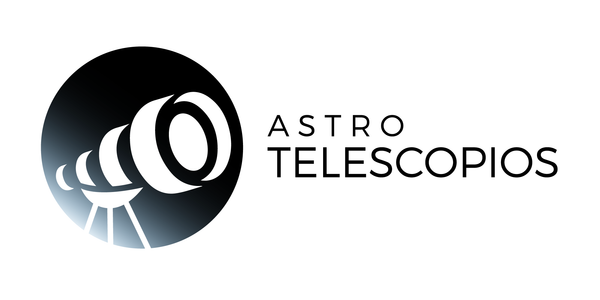
Astronomical calendar for January 2025
January 2025 is packed with exciting astronomical events that will delight skywatchers. From meteor showers to planetary conjunctions and a spectacular opposition of Mars, this month promises to be an open window to the cosmos. Here is the full calendar of the most important events.
January 3-4: Maximum of the Quadrantids and conjunction of the Moon with Venus and Saturn
The first meteor shower of the year, the Quadrantids, will peak during the night of January 3-4. With a radiant near the Big Dipper, these shooting stars will be best visible in the second half of the night, after the crescent Moon has set.
Also that same night, the Moon will form a spectacular conjunction with Venus and Saturn. This event will be visible just after sunset, decorating the western sky.
January 4: Earth at Perihelion and Occultation of Saturn
On the 4th, Earth will reach perihelion, the point of closest proximity to the Sun. Although it may seem contradictory given the low temperatures in the northern hemisphere, this phenomenon occurs due to the elliptical shape of our orbit, and does not directly affect the seasons.
In the evening, just after sunset, the Moon will occult Saturn. Although the beginning of the occultation will be difficult to see, the emergence of the planet at the end of twilight promises to be an unforgettable spectacle.
January 7: First Quarter Moon
The first lunar quarter of the year will be a good time to observe the craters and mountains on the surface of the Moon with telescopes or binoculars, thanks to the play of light and shadows that this phase offers.
January 9-13: Celestial Conjunctions and Occultations
The Moon will be very active during this period:
- January 10 (early morning): Occultation of the Pleiades cluster, visible from 2:30 until shortly after 5:00.
- January 10 (evening): Moon conjuncts Jupiter, a brilliant duo in the western sky.
- January 13: Full Moon, ideal time to enjoy the full Moon in all its splendor.
- January 14 (dawn): Conjunction of the Moon with Mars, with the stars Castor and Pollux aligning in the background.
January 16: Opposition of Mars
One of the most anticipated events of the month is the opposition of Mars , which will occur on January 16 at 01:17 GMT. The Red Planet will be in the constellation Gemini and will reach its brightest point and closest to Earth.
What does this mean for observers?
- Mars will be completely illuminated by the Sun, with a magnitude of -1.4 , rivaling in brightness that of Sirius , the brightest star in the night sky.
- Its angular size will be 14.6 arc seconds , the largest in recent months, thanks to the fact that on January 12 it reached perigee or its closest point to Earth.
- Mars will be visible all night long, rising at dusk, reaching its highest point around midnight, and remaining in the sky until dawn.
This event occurs only every two years, so it is a unique opportunity to observe it with telescopes or even with the naked eye!
January 21: Last Quarter Moon
The last quarter will be a perfect opportunity for observers who prefer dark skies to contemplate other celestial objects, such as star clusters and galaxies.
January 29-31: New Moon and Conjunction with Venus and Saturn
The month closes with two outstanding events:
- January 29: New Moon, an ideal time to observe the deep sky without interference from moonlight.
- January 31 (evening): A thin crescent Moon will align with Venus and Saturn in the southwest, creating a magnificent astronomical composition.
Tips for Observation
- Equipment: A telescope or binoculars will enhance the experience, especially for observing Mars opposition and occultations.
- Conditions: Find a dark place, away from light pollution, to fully enjoy the events.
- Scheduling: Please check the specific event times for your location as schedules may vary slightly.
Don't miss this opportunity to connect with the cosmos. January 2025 will be an unforgettable month for astronomy lovers. Enjoy the show! 🌌


